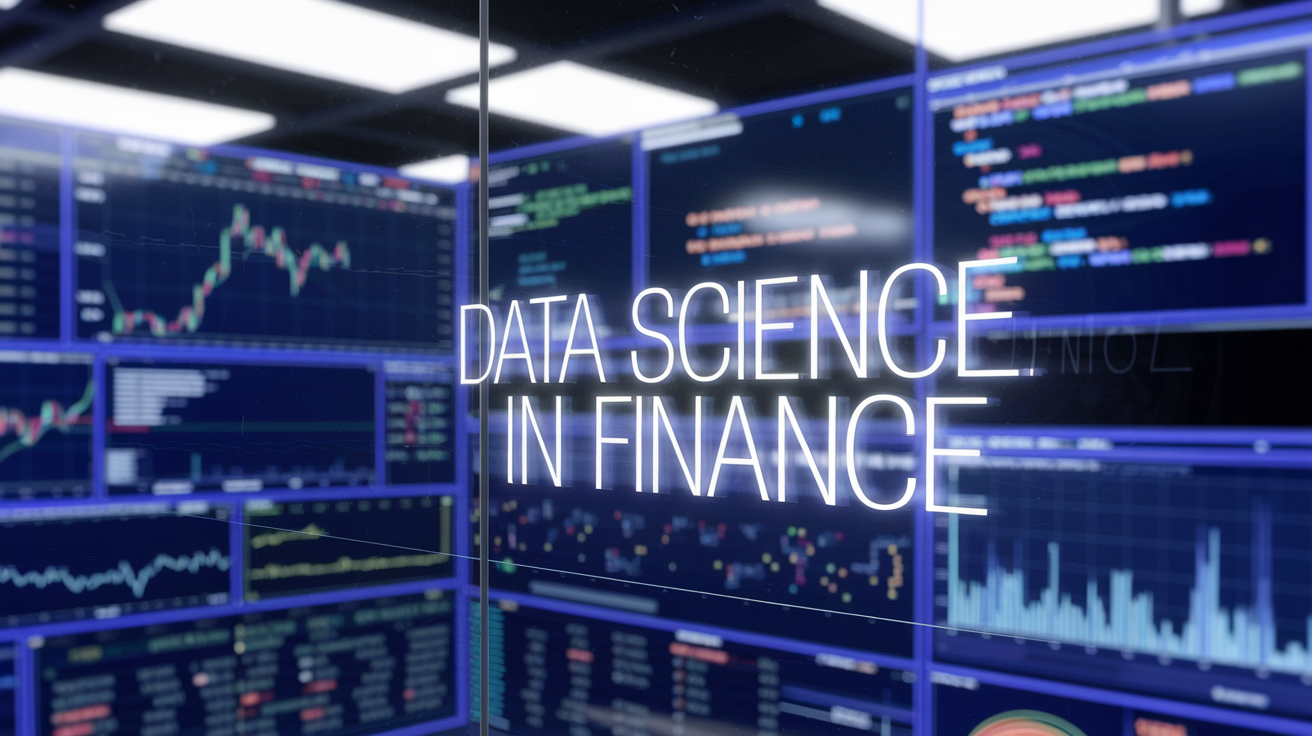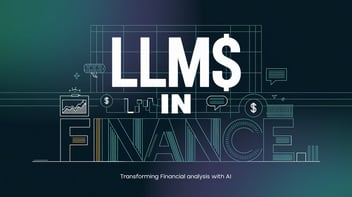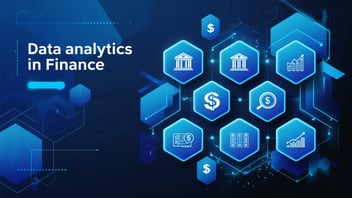
1. Transformative Applications of Data Science in Financial Services
-
The financial industry is one of the most data-intensive sectors, making it a natural fit for data science. One of its most impactful uses is fraud detection. Machine learning models monitor transactions in real time, identifying anomalies and preventing fraud before it causes damage.
-
Credit risk assessment is another area seeing rapid evolution. Traditional scoring models are limited in scope, often excluding potential borrowers. Data science introduces alternative data—like online behavior and mobile usage—offering a more complete view of creditworthiness and expanding access to financial services.
-
In investment management, predictive models help analysts and portfolio managers make smarter calls. These models process real-time data from markets and external sources to highlight opportunities and risks, often faster than human analysis alone.
-
Customer analytics, too, has become more sophisticated. With behavioral insights, banks can understand customer needs better, creating personalized services that increase engagement, loyalty, and profitability.
-
Risk is part of every financial decision, but data science provides tools that help firms predict and prepare. By analyzing market data, economic trends, and geopolitical signals, predictive models help institutions identify threats early and adjust strategies accordingly.
-
Consider the 2008 financial crisis. One major failure was the inability to recognize systemic risk in time. Today, with AI-driven stress testing and risk modeling, financial firms can simulate worst-case scenarios and fortify their positions before trouble hits.
-
Data science also supports compliance. As regulations grow more complex, automated systems ensure accurate monitoring and reporting, reducing the risk of fines and operational disruption while increasing transparency and accountability
-
Banking today is all about personalized experiences. Customers expect financial institutions to know them and cater to their needs. Data science makes that possible. By analyzing spending habits, feedback, and demographics, banks can tailor offerings with incredible accuracy. (American Banker)
-
This personalization leads to stronger relationships and increased revenue. A customer who frequently shops online might be offered a special credit card, while a saver might get investment recommendations that suit their habits and risk tolerance.
-
Customer support has also improved. Virtual assistants and chatbots, powered by natural language processing, answer customer questions instantly. They reduce wait times, improve satisfaction, and allow human agents to focus on more complex requests

Posted by PDI Marketing Team
Pacific Data Integrators Offers Unique Data Solutions Leveraging AI/ML, Large Language Models (Open AI: GPT-4, Meta: Llama2, Databricks: Dolly), Cloud, Data Management and Analytics Technologies, Helping Leading Organizations Solve Their Critical Business Challenges, Drive Data Driven Insights, Improve Decision-Making, and Achieve Business Objectives.




